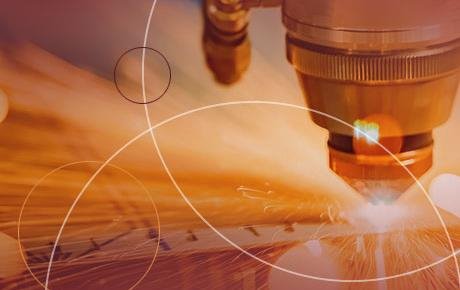Special Journal Issue Focuses on the Future of Musculoskeletal Biomechanics
Special Journal Issue Focuses on the Future of Musculoskeletal Biomechanics
Jan. 12, 2018

The ASME Journal of Biomechanical Engineering recently published a special issue, “Spotlight on the Future of Musculoskeletal Biomechanics: Frontiers and Challenges in Musculoskeletal Biomechanics,” which highlights the work of young investigators and their scientific contributions to emerging frontiers and challenges in musculoskeletal biomechanics.
The new issue concentrates specifically on several key areas for musculoskeletal biomechanics, including advances in assessment of tissue function in vivo; integrating physiological processes and systems within the context of mechanical function; sophisticated assessments of tissue structure and function; and emerging uses of rodent models to study musculoskeletal systems.
By featuring the work of young investigators on these critical frontiers, the guest editors of the special issue hope to highlight the research of emerging leaders and laboratories working in musculoskeletal biomechanics and help introduce new ideas, innovative solutions, and novel approaches to key challenges in musculoskeletal biomechanics.
In addition to the review article “Primary and Secondary Consequences of Rotator Cuff Injury on Joint Stabilizing Tissues in the Shoulder,” the special issue also features seven research papers: “A Novel Method for Repeatable Failure Testing of Annulus Fibrosus,” “Noninvasive Assessment of Biochemical and Mechanical Properties of Lumbar Discs Through Quantitative Magnetic Resonance Imaging in Asymptomatic Volunteers,” “Functionally Distinct Tendons From Elastin Haploinsufficient Mice Exhibit Mild Stiffening and Tendon-Specific Structural Alteration,” “Wireless Implantable Sensor for Noninvasive, Longitudinal Quantification of Axial Strain Across Rodent Long Bone Defects,” “The Functional Roles of Muscles, Passive Prostheses, and Powered Prostheses During Sloped Walking in People With a Transtibial Amputation,” “Reproduction Differentially Affects Trabecular Bone Depending on Its Mechanical Versus Metabolic Role,” and “Strain Distribution of Intact Rat Rotator Cuff Tendon-to-Bone Attachments and Attachments With Defects.”
The guest editors for the special issue are Dawn M. Elliott of the department of biomedical engineering at the University of Delaware, Newark, Del., and Kyle Allen of the department of biomedical engineering at the University of Florida, Gainesville, Fla.
To read the articles online, visit http://biomechanical.asmedigitalcollection.asme.org/issue.aspx?journalid=114&issueid=936510. For more information on the ASME Journals program, visit http://asmedigitalcollection.asme.org/journals.aspx.




